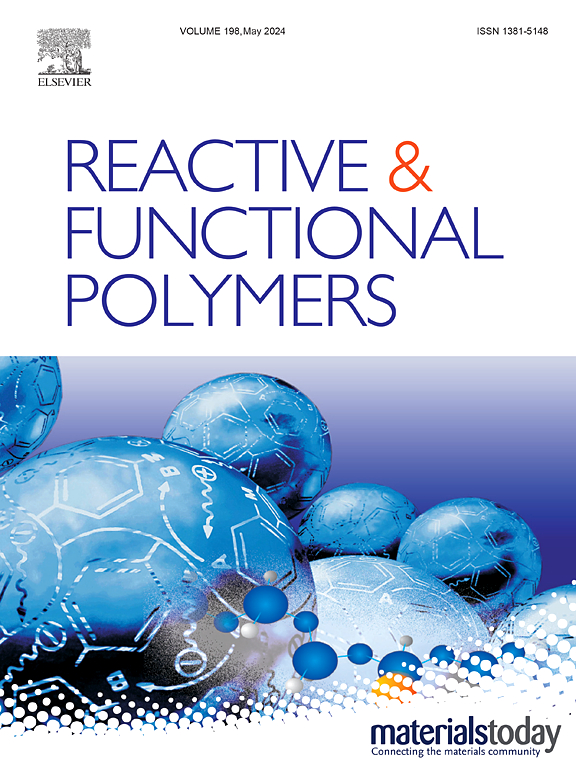Modification of exterior and intraporous surfaces of polyvinylidene fluoride membranes using KOH/water/alcohol ternary: Effects of wettability, polarity, and OH− activity
IF 4.5
3区 工程技术
Q1 CHEMISTRY, APPLIED
引用次数: 0
Abstract
Alkaline treatment is a cost-effective and easy-to-operate method that can effectively alter the hydrophilicity of polyvinylidene fluoride (PVDF) membranes. It makes the surface of PVDF membranes chemically active by introducing hydrophilic groups, e.g., hydroxyl and carboxyl groups, and therefore could be used as an effective pretreatment for membrane surface engineering including the grafting of other target chemical molecules onto to membrane surface. This treatment enhances the hydrophilicity of the membrane surface and could therefore also improve membrane permeability and reduce fouling. In this research, we systematically studied the alkaline treatment using KOH/alcohol/water ternaries at different conditions. Results indicate that the inclusion of alcohol in the reaction system could impact the efficiency of membrane surface modification through altering the chemical reaction mechanism as well as affecting the reacting mixture's properties such as OH− activity, polarity, reactivity, and membrane wettability. The effectiveness of different alcohols was in the order of methanol > ethanol > isopropanol in terms of increasing the surface hydrophilicity, which is in accordance with the orders of their polarity and reactivity. In the meantime, the coloration of treated membranes followed a reversed order. It is evident that increasing treatment temperature, duration, OH− activity, reactivity and polarity in the tested range would lead to the increase of both the surface hydrophilicity and membrane color. On the other hand, increasing a ternary's ability to wet the PVDF membrane had none or little impact on membrane hydrophilicity but strong impact on membrane color. Results suggest that coloration reactions did not contribute to the improvement of surface hydrophilicity and should therefore be minimized.

求助全文
约1分钟内获得全文
求助全文
来源期刊

Reactive & Functional Polymers
工程技术-高分子科学
CiteScore
8.90
自引率
5.90%
发文量
259
审稿时长
27 days
期刊介绍:
Reactive & Functional Polymers provides a forum to disseminate original ideas, concepts and developments in the science and technology of polymers with functional groups, which impart specific chemical reactivity or physical, chemical, structural, biological, and pharmacological functionality. The scope covers organic polymers, acting for instance as reagents, catalysts, templates, ion-exchangers, selective sorbents, chelating or antimicrobial agents, drug carriers, sensors, membranes, and hydrogels. This also includes reactive cross-linkable prepolymers and high-performance thermosetting polymers, natural or degradable polymers, conducting polymers, and porous polymers.
Original research articles must contain thorough molecular and material characterization data on synthesis of the above polymers in combination with their applications. Applications include but are not limited to catalysis, water or effluent treatment, separations and recovery, electronics and information storage, energy conversion, encapsulation, or adhesion.
 求助内容:
求助内容: 应助结果提醒方式:
应助结果提醒方式:


